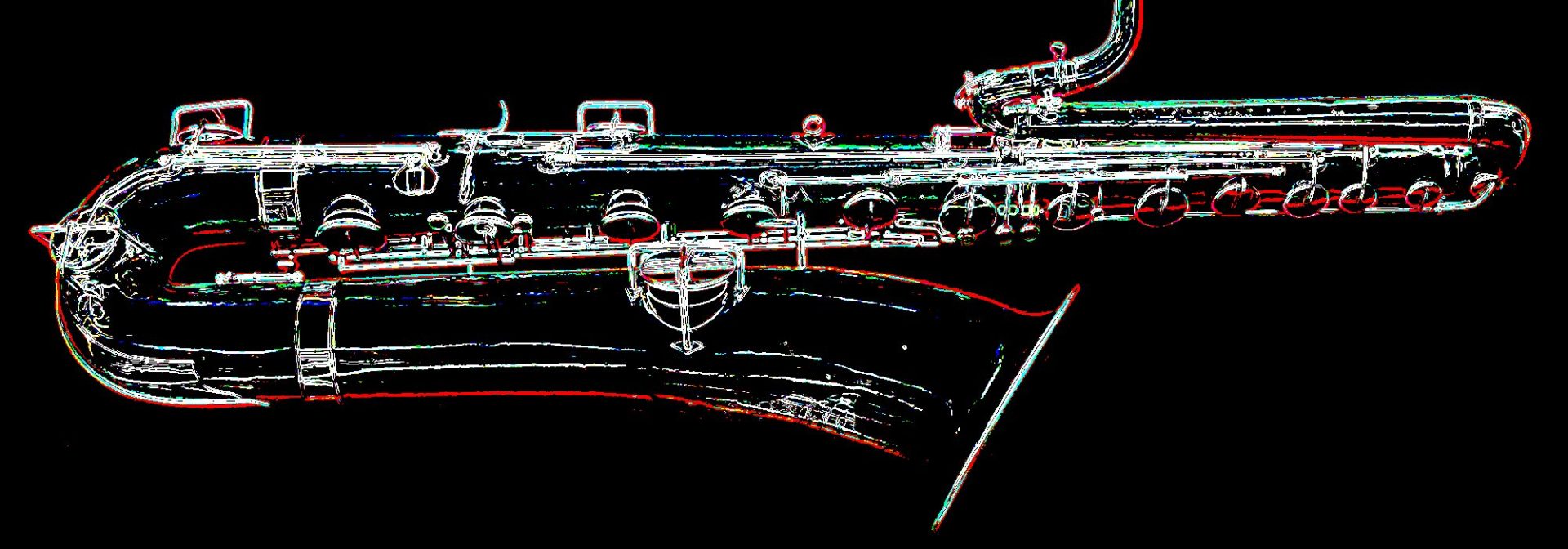
We’ve all been there: We’re at a show and something happens to our axe. Maybe a cork falls off; or a pad falls out; or heaven forbid, the drunk in the front row knocks your horn over and bends the neck at a 45° angle.
With the advent of 3D printing, have you ever thought about having a 3D printed sax as a back-up horn? Or let’s gaze about 20 years into the future and ask: How about having a 3D printed sax as your main axe?
Well if this sounds like science fiction to you, then you’ve not heard of Prof. Olaf Diegel, of Massey University in Aukland, New Zealand. Prof. Diegel is a professor of mechatronics, and is an expert in 3D printing (additive manufacturing), CAD, as well as a lot of other areas all related to these two fields.
Prof. Diegel has been making guitars and drum kits with 3D printers for a while now. As a matter of fact, you can work with Diegel directly, and order a customized, 3D printed guitar from the Cubify website.
To understand how this new 3D printed sax works, check out Prof. Diegel’s demo and explanation in the following video…
Well, what do you think? Is the 3D printed sax going to become the norm for a student horn? Will it become a staple in the arsenal of collectors? Will the 3D printed sax become so refined that it will revolutionize the way saxophones are made? Will these horns bring about the death of the saxophone industry all together, as established manufacturers are unable to compete with horns that can be printed at a store near you?
Technology is moving ahead at lighting speed ATM, and we know that the saxophone derives a great deal of its sound through its conical bore. Therefore, it is quite possible that a 3D printed sax could, in time—as long as it retains its crucial bore design—become refined enough that it could be a serious contender in the marketplace.
Update June 2024: There have been some updates and some URLs are non-functioning. This one seems to work at this time, although it too is dated.




I would like to buy a 3d printed saxophone
@Mal-2:
To me that’s a depressing thought, but most likely a realistic one.
Rant Alert :rant:
I’m just tired of all this cheap, Chinese shit flooding the marketplace. (I’m not just talking saxophones here, but everything we buy.) When was the last time you went to a store and bought something not made in China.
It is almost impossible to buy anything—whether it be household products to car parts to clothing—not made in China or other Asian country. North American and European companies are going out business, and workers are being laid off, all because people want to buy cheap, throw away, consumer goods.
WTF is wrong with people? Why have we so blindly drank the Kool-aid of the advertising companies and bought into the whole “Out with old, in with new”, and “You have to have the newest and the best…NOW!” hype?
Wait for it; pretty soon these 3D saxophones will be mass produced in China and sold as student instruments. It’s not far off.
@Theo: Yes, the guitars are expensive. At $3000 a pop, these are more a novelty item at this point. I could see a guitar collector buying one, just because. As for the saxophone industry, see my answer above.
It will probably remain cost-effective to make production runs the current way for some time to come, as 3D printing is expensive on a unit basis. The difference is the startup cost, which is minimal. If you want to prototype instruments, print them or mill them. If you want to run a thousand for sale, hook up with a factory in China (and watch them like a hawk).
That said, 3D printing in wax, followed by lost-wax casting of a metal part, would be quite useful for making individual parts (like keys, posts, braces, clothes guards, and possibly even screws, though it’s probably easier to turn a screw on a lathe) that are no longer available, with very little in the way of tools.
As the sound is mainly affected by the geometry it will be possible to make a good sounding saxophone.
The quality of the mechanism is the main question for the next version.
Needles, pads and screws are now not printed (only 41 printed parts).
In the next version there could be printed solutions for these parts.
At the moment printed guitars are expensive.
When this price drops the present saxophone industry has to be ready for this change.